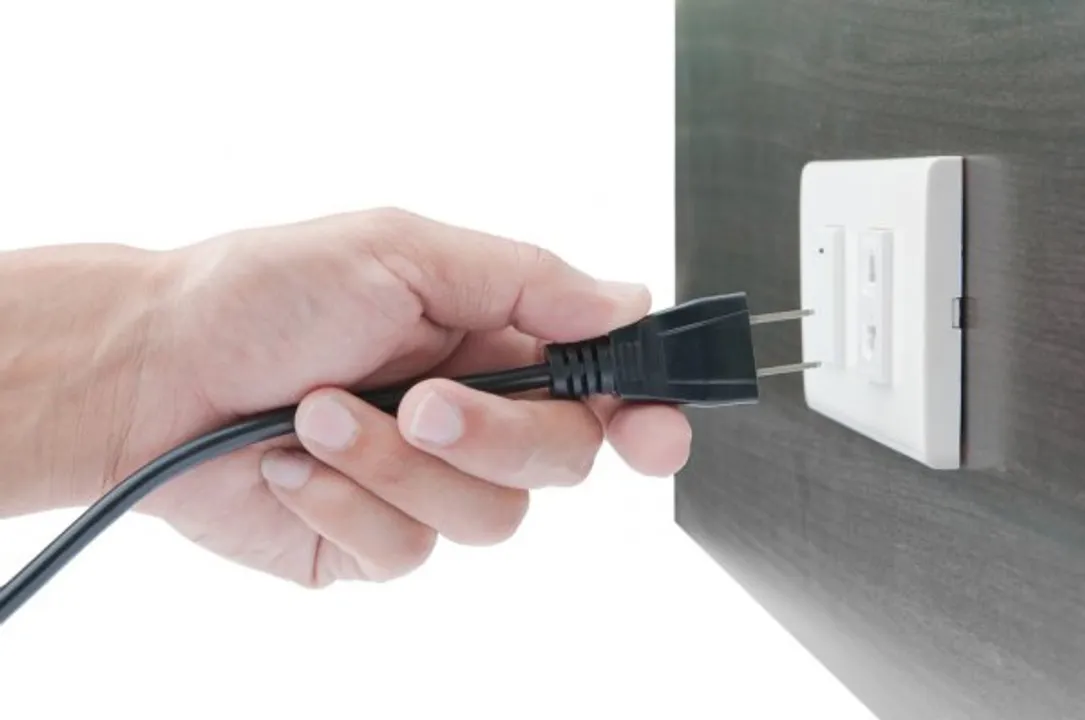The Key to Mitigating Burnout is Understanding Your Emotions
Before others can understand you, you need to understand what's going on within yourself.
In the first installation of this topic, we discussed clues to burnout. In this second part, you will learn strategies to deal with the chaos. Knowing about an issue is only half the battle. A good tactician has a clear picture of the obstacle, allowing a solid battle plan to develop. I will lump you into the achiever mindset if you are a healthcare professional. You don't get to this station in life without having a significant element of competitiveness and personal standard for high achievement. For many, this success comes at a deep personal cost.
The first step may sound counterintuitive.

Unplug
A person cannot operate at full speed 24/7. The body has many internal biorhythms, including circadian and ultradian rhythms. Honor those.
Any busy clinician can attest to the never-ending stream of inputs. It is critical to take a moment to breathe and recover. Resist the temptation to self-soothe with electronic devices: YouTube, Facebook, Instagram. While 45 minutes of TikTok videos might generate a few laughs, in the end, it is another form of stimulation and distraction and does nothing to foster physiologic recovery. Not on call - then leave the phone out of the bedroom.
When was the last time you sat in silence, reflecting on your thoughts or capturing them in a personal journal? These small moments incorporated into a daily routine provide the spark of recovery from a profound sense of burnout.
Carve out a block of time for yourself, free of all interruptions and inputs. This time block will provide clarity and allow the creation of a plan moving forward, utilizing one or more of the frameworks shared below.
Be aware of what is triggering an emotion or thought. Get fired up about it. Eliminate distractions and creatively approach a solution before spiraling into reaction mode.
Next, place the emotions captured in Part I of this series under scrutiny. What is driving them? Go beyond the first answer that pops into conscious thought by asking "Why?"
I'm angry.
Why?
Patients aren't motivated.
Why?
They don't follow instructions or try to change?
Why?
They're lazy.
Really?
Maybe they lack the tools to understand what to do or what's at stake
Why?
I'm rushed through my visits with a new one every 10 min.
Why?
Admin rules.
Is that in stone?
I don't know.
Can I find out?
Yes.

Let's run this through another tool.
WOOP (crafted by " target="_blank" rel="noopener noreferrer">Gabriele Oettingen )
Wish - what do you want
Outcome - why do you want it
Obstacles - what's in your way
Plan - What will you do
Interpreting WOOP as a physician
W: I wish I wasn't so angry and rushed during clinical days.
O: I want to provide the best care without sacrificing my soul in the process. My current scheduling system is creating a barrier to care and generates a feeling of anger.
O: I will talk with the administration and my department chair about modifying my schedule. I don't want to burn out and quit or suffer a mental breakdown.
P: I will take 1/2 day each week for self-care, including a quiet hike in nature, take time for relaxation, and read something interesting just for fun.
Lead vs. Lag
Accept the journey and that change happens one moment at a time, compounded with days and weeks of effort.
Lead measures are the needle movers. Focusing on lag measures (desired outcomes) demotivates many. Just think of your diabetic patient struggling to lose weight. Don't expect bliss to arrive at the doorstep tomorrow at 5AM sharp. Consistent action in small steps generates change and sustains motivation.

Hold yourself accountable
Take a daily inventory. Are you moving forward into growth or backward into comfortable patterns that no longer serve?
Focus on the next most important task. Everything else is a shiny object causing distraction. The changes will seem subtle at first, but the transformation will be evident when compounded over time.
Get committed to doing the work. Don't be hypercritical of yourself and die a death of 1,000 paper cuts. There will be bad moments and worse days but don't use that as a defining label. Accept bumps and commit to moving up, over, or around obstacles.
Embrace the WIN mindset: What's Important Now. Identify the one thing and do that next. Delegate and relinquish the hero's cape. Protect your soul at all costs.
Run towards a version of life you are excited to live. Time is short. Move with intention towards your vision. You are the one who can make this happen.
Believe.
Related Posts
